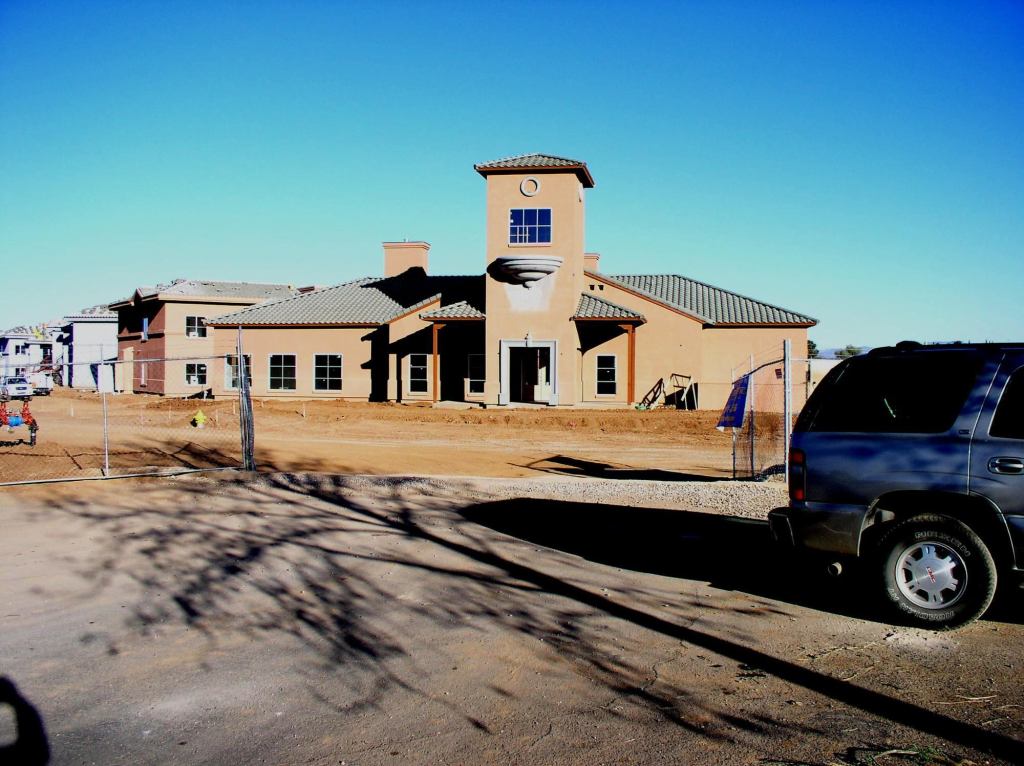According to Brindell, Trammell Crow plans to account for some 2,000 starts in 2010, and several public REITs with established development acumen, including Highlands Ranch, Colo.-based UDR and Alexandria, Va.-based AvalonBay Communities, likewise plan to pull the trigger on select deals in the pipeline. “Given improved clarity on the economic front, reduced construction costs, and significant firming of the capital markets, some development opportunities are becoming attractive, and we think a modest level of new development activity is warranted,” says AvalonBay president Tim Naughton. “But we are going to be very measured in our approach, and we have not publicly identified any particular development deals in our pipeline that we plan to start construction on.”
Regional development firms, as well, are keen to break ground in 2010 with the expectation that any unit deliveries within the 2011 to 2013 window will hit the market at a time when effective rent improvements are the hottest they’ve ever been. “We are contrarians, and we continue to believe that the best time to develop apartments is at the depth of a recession,” says Farmington Hills, Mich.-based Village Green Cos. chairman and CEO Jonathan Holtzman, who joined Minneapolis civic leaders and US Bank officials at a ground-breaking ceremony for Mill District City Apartments in October and has vowed to likewise begin construction on 156 apartments in Ann Arbor, Mich., this year. “The entitlement, design, and construction process takes years,” Holtzman explains. “We’re not attempting to ‘market time’ the economy, but if we start developing in a recession, it is pretty likely that as we start delivering apartments, it will be into an improved economy.”
Finally … Financing
Even in the most recession-stressed regions, multifamily development is no longer out of the question for submarket-hardened builders who have a talent for navigating notoriously tough agency finance paperwork and whose market-smarts say absorption and employment is on the uptick, while vacancies and effective rent losses have bottomed out. Scottsdale, Ariz.-based MC Cos., for example, is looking at 672 units across three projects, one currently under development and two that will break ground in the second quarter of 2010. All there projects are in Tucson, Ariz., no less.
Smaller, CHeaper, Greener, Better
Multifamily developers breaking ground in 2010 are likely to be downsizing in square forrtage and upsizing on affordability
Bye-bye, McMansions. Courtesy of the recession, millions of jobs have vanished, and along with them consumer desires for oversized, overloaded, and ultimately unaffordable opulence has vanished too. Nowhere is the downsizing trend more prevalent than in apartment development, where builders struggling to get units out of the ground are leaving luxury behind in favor of middle-market basics.
“There has been a shift from higher-end, A-plus projects to more of a B-grade, cost-effective project and affordable housing,” says Marc Padgett, executive vice president of Jacksonville, Fla.-based Summit Contractors, which plans to break ground on 984 units this year. “Right now people [want] practical, eco-friendly projects that are affordable and close to where they work. The projects that will break ground—particularly in the largest markets with the lowest vacancy rates—will have some type of green affiliation and very affordable rents.”
Three communities currently under development by MC Cos. in Tucson, Ariz., bear out Padgett’s prediction. “We are investing in B-plus building construction, not A properties,” says Ross McCallister, principal and co-founder of Scottsdale, Ariz.-based MC Cos. More affordable doesn’t mean chincy, though. MC units are ranging from 850 square feet to 900 square feet with design amenities that include 9-foot ceilings and ceramic tile, as well as upgraded appliances and plumbing fixtures.
Though Charleston, S.C.-based Greystar Real Estate Partners has put a hold on development for 2010, company CEO Bob Faith and his team are nevertheless tracking the trend toward smaller, more livable spaces as they anticipate a wave of echo-boomers and cost-conscious empty nester demographics embrace rental housing over the next five to ten years. “As the development cycle comes back, the people who play to the psychographic profile of the renter are the people who will have the most success. That can mean smaller units for financially-conscious renters, maybe even more investment in community areas,” Faith says. “It will be an opportunity to change the way an entire generation thinks about rental housing.”
“Yeah, I know. We’re crazy,” says Ross McCallister, MC Cos.’ principal and co-founder. “But there are some basic market and business fundamentals driving this—confidence in the longer-term economy, construction costs at a 10-year low, and the ability to remove construction and permanent interest-rate risk through HUD’s 221(d)(4) program. When we can get 40-year, fixed-rate money at 5.75 percent and costs are making deals feasible, we say it’s time to strike while the iron is hot.”
Construction financing via HUD’s 221(d)(4) program is likewise fueling most of the development underway by Jacksonville, Fla.-based Summit Contractors, including a 360-unit market-rate apartment in Madison, Ala.; a 312-unit project in Antioch, Tenn.; a 200-unit community in Ashland, Tenn.; and a 180-unit development set to break ground in March in Jonesboro, Ark. The 221(d)(4) program administered by the Federal Housing Administration provides mortgage insurance for the new construction and substantial rehabilitation of apartment projects and includes both construction and permanent financing up to 90 percent of replacement cost. Loans are non-recourse, but the application process can be rigorous, with processing typically taking between four and six months.
“HUD-financed properties are essentially the projects that are getting the green light in today’s environment,” says Summit executive vice president Marc Padgett. “We have seen very few projects with financing in the conventional markets getting a go. The ones that do will be smaller projects that, due to their size, are viewed as less risky by lenders.”
